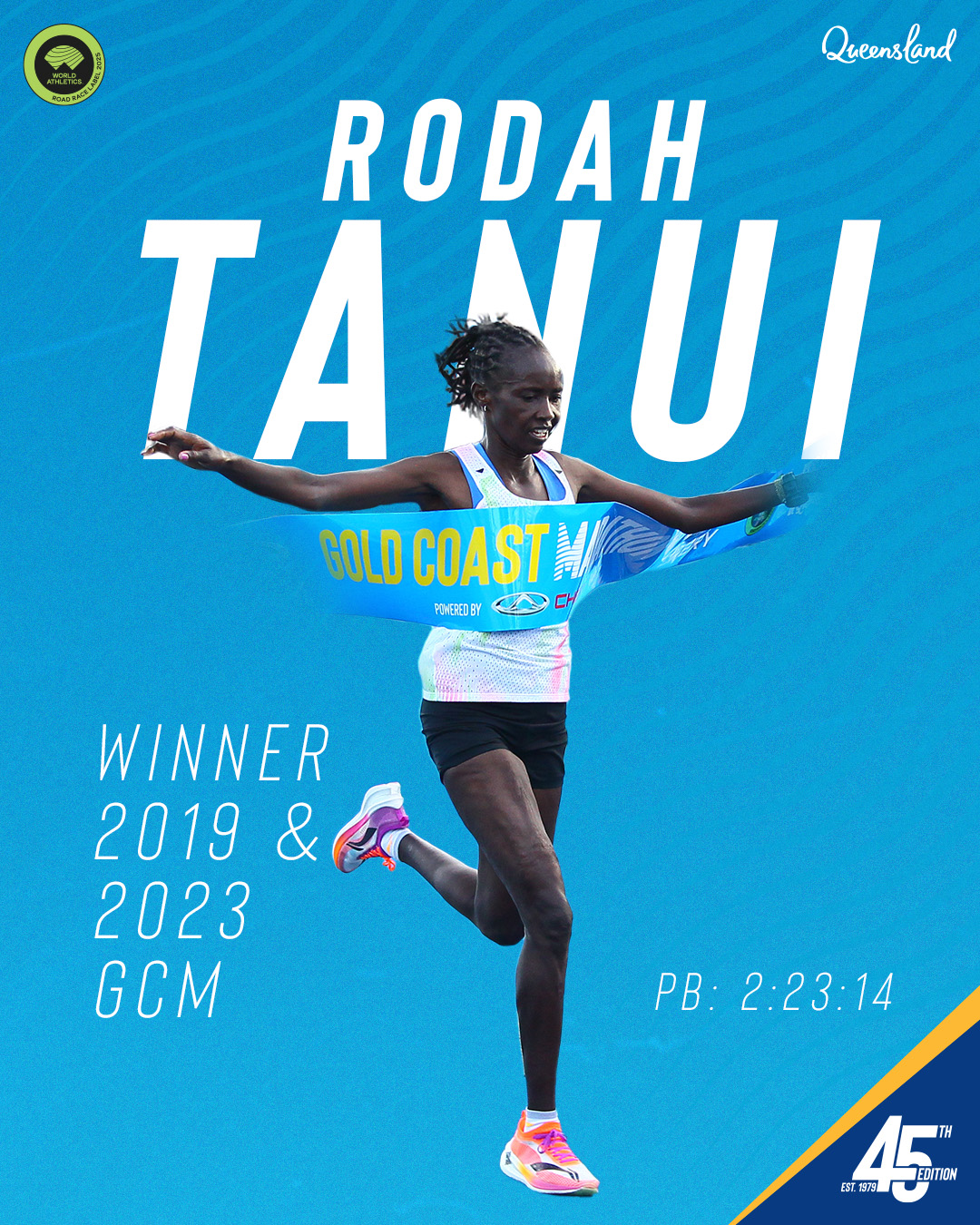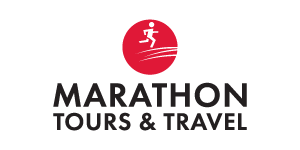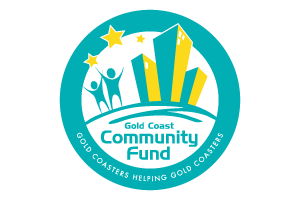Elated, exhausted, deflated, ecstatic … there’s a gamut of emotions a runner can experience when they finally make it to the finish line of...
Marathon preparation: getting to the start line fit and injury free


Julian Tubman BAPPSCI (PHTY) APAM
Pogo Physio - pogophysio.com.au
Running 42.2km is no easy feat. You may be able to get away with suboptimal training prior to a shorter 5km or 10km race, but with the marathon there is no hiding. With less than 10 weeks until the Gold Coast Marathon, preparation is key to get to the start line fit and healthy. Here are my top 4 preparation tips that will help you avoid injury and enjoy training in the lead up to the race:
1. Have a specific, structured training plan
A good training plan will safely and gradually prepare you for the physical and mental demands of the marathon so that there are no surprises come race day. It is also a great way to keep accountable and focused on training rather than just ‘winging it’. Training plans should be structured over time, progressively building on endurance and speed so that you toe the start line in the best possible shape. This is known as periodisation, which manipulates training variables such as volume, speed, frequency and type of workouts (e.g. hills, strength training, race simulation) at specific times to achieve peak performance come race day.
Typically, it involves a base period of easy miles that focuses on building endurance. Running volume gradually increases over the build phase, with the addition of higher intensity running to increase our ability to run efficiently at pace. Extending the weekly long run during this phase is key to prepare for the mental and physical demands of the marathon. Lower volume recovery weeks should be scheduled every 4-6 weeks to allow the body to adapt. The final few weeks leading into the marathon should involve a reduction in total volume whilst maintaining intensity in order to peak at the right time.
2. Listen to your body
Paying close attention to how your body responds to training is essential to prevent injury and maximise performance. Runners must learn to distinguish between the discomfort of working hard and first signs of injury. Pain that is sharp, affects running form, progresses over time or does not settle should not be dismissed. It is not wise to run through this and is advisable to reduce training volumes and seek professional medical advice. Similarly, it is important for runners to be able to identify the early signs of overtraining.
Reduced energy, performance and motivation levels, poor sleep and recovery, irritability, and fatigue are warning signs that your body is struggling to recover from training. Continuing to train at these levels without adequate rest and nutrition will inevitably lead to injury or burnout. Substituting harder workouts for shorter easier runs, cross-training, or even taking a few days off before an injury develops is far better than being sidelined and unable to train for an extended period.1transparentsct-no-padding
3. Prioritise recovery
Recovery from training is just as important, if not more than the training itself. Running creates the necessary stimulus for adaptation by stressing our musculoskeletal and cardiorespiratory systems. Rest is where that adaptation occurs to make our muscles, bones, tendons, ligaments, heart and lungs stronger and efficient. This can only occur in the presence of sufficient energy availability- which serves to fuel the exercise stimulus and provide the necessary environment for adaptation. Sleeping less than 8 hours per night has been linked with increased injury risk and it is recommended that runners sleep an extra hour per hour of extra training. Fuelling before, (during if performing longer runs) and after training is critical not only for performing at your best, but promoting recovery and your ability to bounce back for your next workout.
1transparentsct-btm-padding
4. Compliment with strength training
Running is a highly demanding sport with our lower limb muscles generating forces multiple times bodyweight with every stride. The faster and longer we run, the greater the demands are on muscles, tendons and joints. Improving strength of the core and lower limb muscles such as the glutes and calves are protective against many common running injuries. Greater muscle strength not only attenuates the ground reaction forces transferred through our body more effectively, but also increases our ability to run faster for longer. A simple strength workout consisting of lower limb exercises (such as squats, deadlifts, lunges, step ups) and core exercises (stability ball planks, rollouts, side bridges) performed 2-3 times a week is the most time-effective injury prevention and performance boosting tool you can add to your training plan.
1transparentsct-no-padding
Run for the good times in the Village Roadshow Theme Parks Gold Coast Marathon when the starter’s gun fires at 6am on Sunday 3 July.
Run alongside the city’s renowned surf beaches south to the Burleigh Heads turn point and then head north along to Paradise Point before being championed to the finish chute located adjacent to the Broadwater in Southport.




























